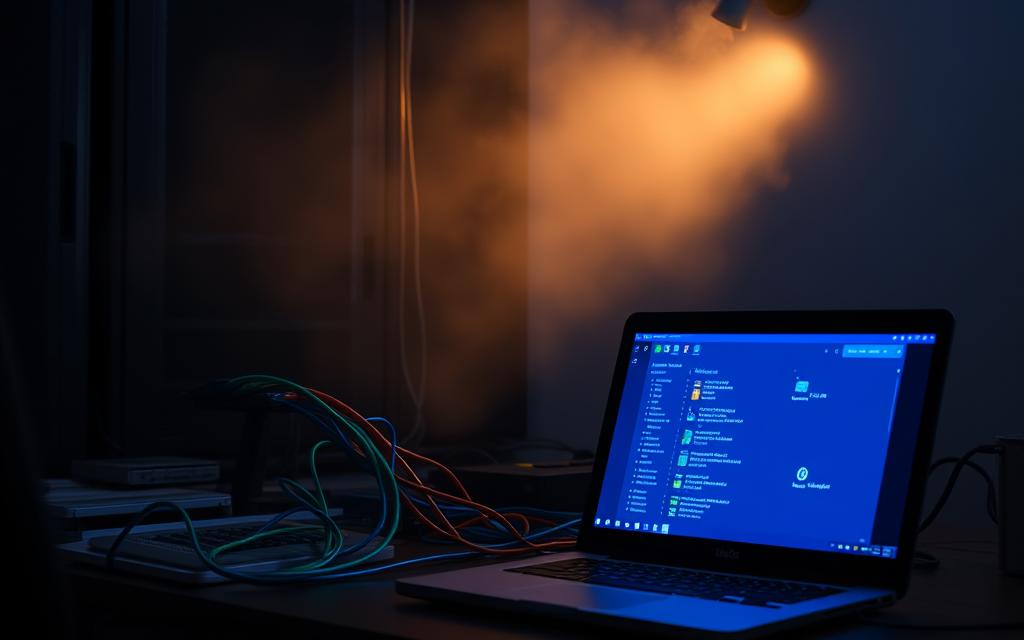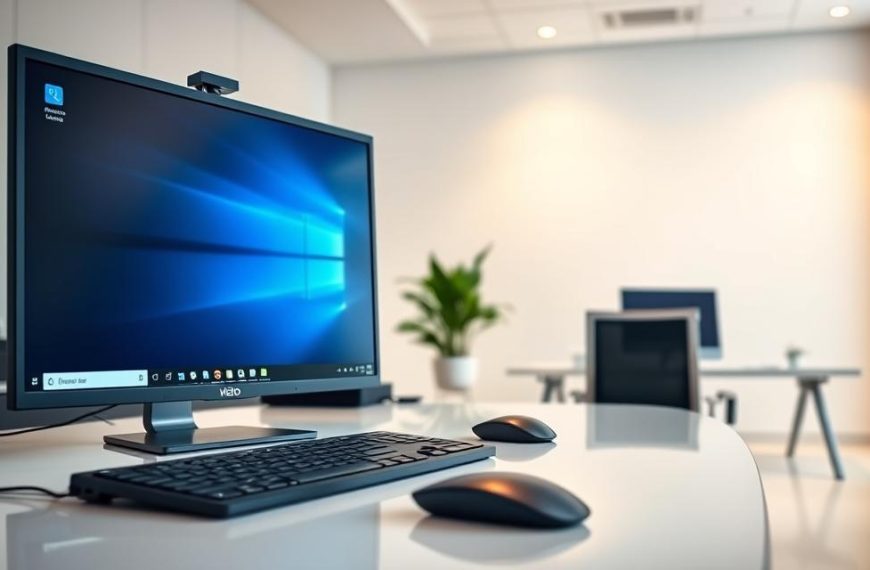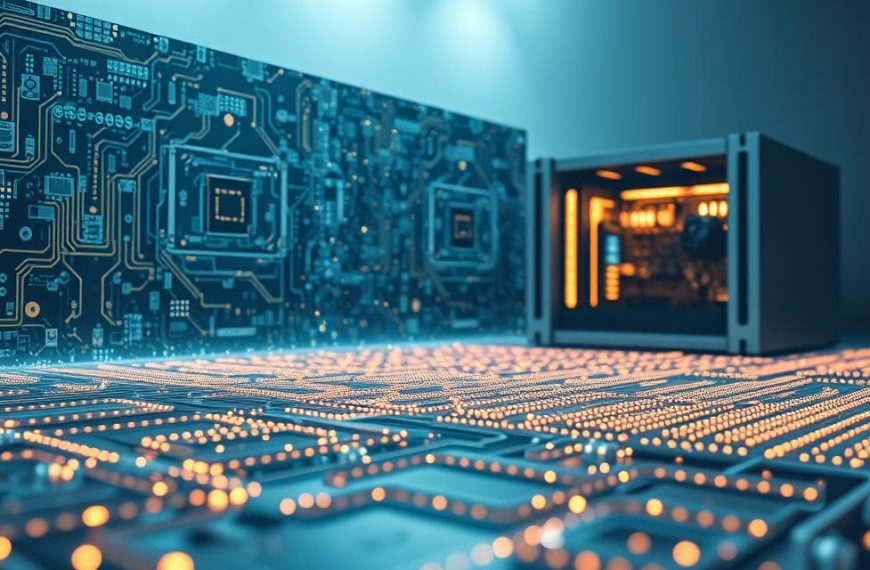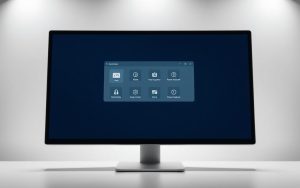Users of Windows 10 often encounter issues with network visibility, particularly after system updates or when adding new devices to an existing network. The problem typically manifests when you open File Explorer, click on Network, and find your computer or other devices missing from the list.
This comprehensive guide will walk you through systematic troubleshooting steps to resolve network discovery problems in Windows 10. We’ll explore both basic configuration issues and more advanced solutions that address the underlying services and protocols that enable network visibility.
By understanding the root causes of network discovery problems, you’ll be able to not only fix current issues but also prevent them from recurring after future Windows updates.
Understanding Network Visibility Issues in Windows 10
The inability to see a Windows 10 computer on a network is a common issue that can stem from various causes. Network visibility is crucial for sharing files and collaborating with other users on the same network.
Common Symptoms of Network Discovery Problems
Network discovery issues in Windows 10 can manifest in different ways. Users may experience difficulties in locating shared files or folders, or they might not be able to see other computers on the network.
Why Windows10 Computers Disappear from Network
The Computer Browser service, which was crucial for network discovery in older Windows versions, functions incorrectly in Windows 10 version 1703 and is disabled by default in later versions. This change can cause Windows 10 computers to disappear from the network.
| Windows Version | Computer Browser Service Status |
|---|---|
| Windows 10 version 1703 | Functions incorrectly |
| Windows 10 version 1709 and newer | Disabled by default |
Impact of Windows10 Updates on Network Visibility
Windows 10 updates frequently modify network-related services and protocols, often prioritising security over backward compatibility. The SMB1.0 protocol, which many network discovery functions relied on, is disabled by default in Windows 10 version 1709 and newer due to security vulnerabilities.
https://www.youtube.com/watch?v=hub-HPklelc
To mitigate these issues, users can take several steps, including configuring network discovery settings and enabling the SMB1.0 protocol if necessary.
Checking and Configuring Network Discovery Settings
To resolve network visibility issues in Windows 10, checking and adjusting network discovery settings is essential. Network discovery allows your computer to be seen by other computers on the same network, facilitating the sharing of files and resources.
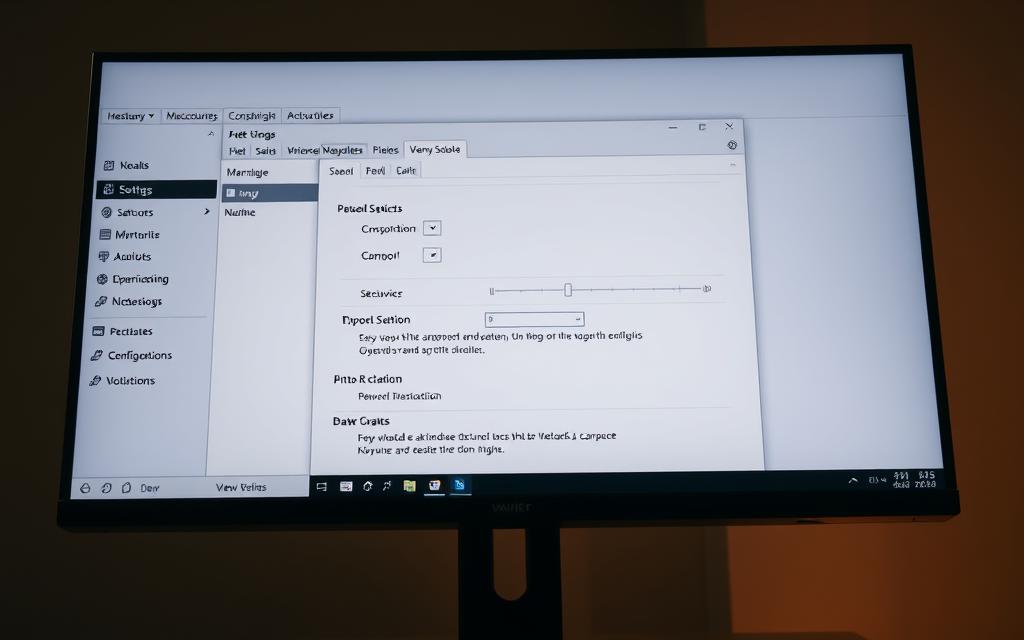
Enabling Network Discovery in Control Panel
To enable network discovery, navigate to the Control Panel, then to “Network and Sharing Center,” and click on “Change advanced sharing settings.” Here, you can turn on network discovery. According to Microsoft, “Network discovery is a Windows feature that allows your computer to find other computers and devices on the network.” For more detailed steps, you can refer to this.
Configuring Advanced Sharing Settings
In the Advanced Sharing Settings window, ensure that “Turn on network discovery” and “Turn on file and printer sharing” are selected. This will allow your computer to be visible on the network and share resources. As stated, “Enabling file and printer sharing allows you to share files and printers with other people on your network.”
Setting Network Profile to Private
Windows 10 uses network profiles (Public, Private, or Domain) to determine the appropriate security settings for each network connection. To change your network profile to Private, go to Settings -> Network & Internet -> Status, select your active connection, and click Properties. Ensure that the Network Profile is set to Private. This is crucial because network discovery is disabled by default on Public networks as a security measure. By setting your network to Private, you enable network discovery and sharing features, allowing your computer to be seen by others on the network.
After making these changes, restart your computer to ensure the new settings take effect across all network-related services. This should help resolve issues with your computer not being visible on the network.
Can’t See My Computer on Network Windows 10: Service-Related Solutions
Service-related problems can often be the root cause of network visibility issues in Windows 10. When computers are not visible on the network, it can hinder file sharing and other network-dependent activities.
Configuring Function Discovery Services
The Function Discovery service plays a crucial role in network discovery. To configure it, you need to ensure that the Function Discovery Resource Publication service is running correctly. This service is responsible for publishing the computer’s resources on the network, making it visible to other devices.
To verify its status, open the Services console, locate the Function Discovery Resource Publication service, and ensure it is started. If it’s not running, start the service and set it to automatic so that it starts upon system boot.
Restarting Critical Network Services
Sometimes, simply restarting critical network services can resolve the issue. Services like SSDP Discovery and UPnP Device Host are crucial for device discovery on the network.
To restart these services, open the Services console, locate the services, and restart them. This can often resolve connectivity and visibility issues.
Removing Service Triggers for FDResPub
In some cases, the Function Discovery Resource Publication service has triggers that cause it to behave unpredictably when network profiles change. Removing these triggers can resolve persistent network discovery issues.
- Open an elevated Command Prompt (run as administrator).
- Type the command
sc triggerinfo FDResPub deleteto remove all triggers. - Restart your computer to apply the changes and test network discovery.
- If necessary, you can restore the default trigger using the command
sc triggerinfo FDResPub start/strcustom/fbcfac3f-8460-419f-8e48-1f0b49cdb85e/PROFILE_CHANGED_TO_PRIVATE.
By following these service-related solutions, you should be able to resolve the issue of not being able to see your computer or other computers on the network in Windows 10.
Advanced Fixes for Network Visibility Problems
To tackle stubborn network visibility problems, consider implementing advanced fixes. These solutions are designed for situations where basic network configurations fail to resolve the issue.
Enabling SMB1.0/CIFS File Sharing Support
One potential solution involves enabling SMB1.0/CIFS File Sharing Support. This feature is crucial for older systems that rely on SMB1 for file sharing. To enable it, go to the Control Panel, navigate to “Programs and Features,” and then select “Turn Windows features on or off.” Check the box next to “SMB 1.0/CIFS File Sharing Support” and restart your computer. This can help improve compatibility and resolve visibility issues related to file sharing.
Resetting Network Settings via Command Prompt
Resetting network settings can also resolve visibility problems. Open Command Prompt as an administrator and type the following commands: netsh int ip reset and netsh winsock reset. After executing these commands, restart your computer to apply the changes. This process can help resolve issues related to network connection configurations.
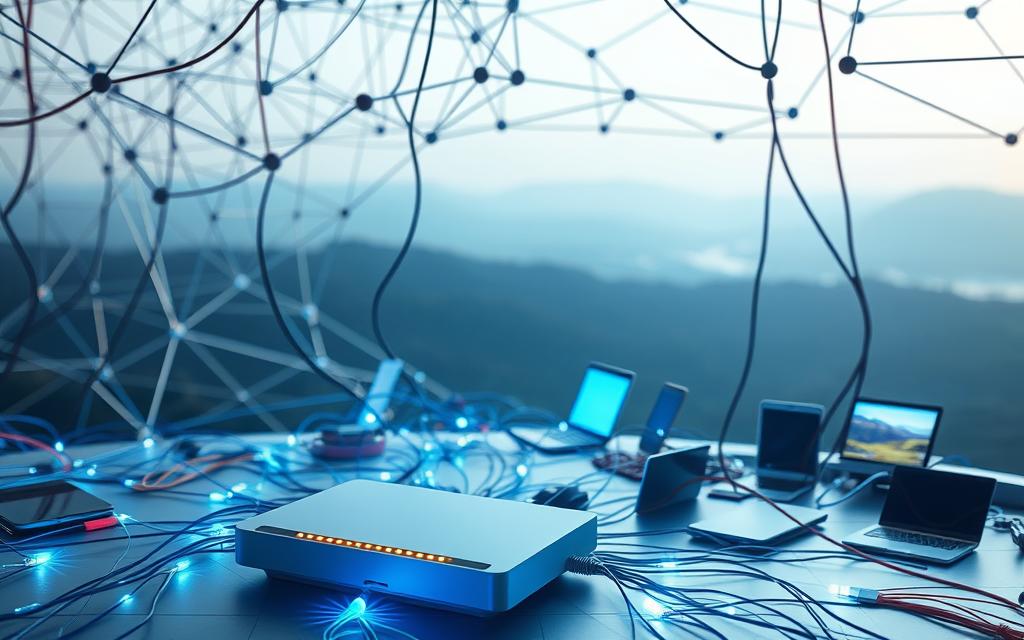
Accessing Shared Resources Using IP Addresses
When network browsing fails, directly accessing shared resources using IP addresses provides a reliable workaround. In File Explorer’s address bar, type “\\192.168.1.x” (replacing “x” with the actual IP address of the target computer) to connect directly. This method bypasses the network discovery process entirely, connecting directly to the shared files on the target computer. For frequently accessed shares, right-click on the shared folder and select “Map network drive” to create a persistent connection.
By implementing these advanced fixes, you can effectively resolve complex network visibility issues in Windows 10, ensuring seamless access to shared files across your network.
Conclusion
To address the “can’t see my computer on network Windows10” issue, it’s essential to understand the potential causes and apply the appropriate fixes. Network visibility issues in Windows10 can stem from various factors, including configuration settings and complex service interactions.
The systematic approach outlined in this guide addresses the most common causes of the problem. Start with basic solutions like enabling network discovery and configuring sharing settings before progressing to more advanced service-related fixes.
It’s crucial to remember that Windows10 updates can frequently change network-related settings and services, so these issues may recur after major system updates. While enabling SMB1.0 can resolve many network visibility issues, it introduces security vulnerabilities and should be considered a last resort.
For persistent issues, consider using direct IP access and mapped network drives as practical workarounds while maintaining network security. Regular checks of Function Discovery services after Windows updates can prevent network visibility problems before they impact your workflow.
By following these steps and maintaining awareness of potential service disruptions, you can effectively resolve the “can’t see my computer on network Windows10” issue and ensure reliable access to shared resources on your network.

